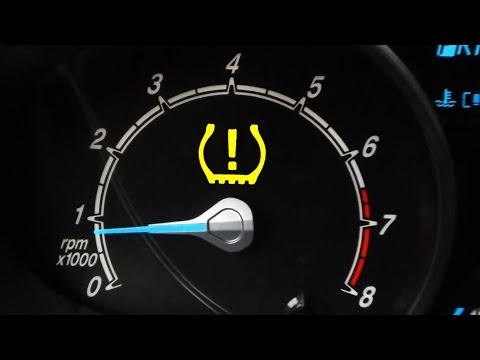What is TPMS And Why Do I Need One?
TPMS is a tire pressure monitoring system, the purpose it serves is pretty self-explanatory from the name and pretty darn important too.
If your car is older than 2008, it most likely is without a TPMS system.
Regulations changed in 2000 when Firestone came under fire (no pun intended) for a series of tire blowouts, which resulted in 100 related deaths. As a result Congress enacted the TREAD act, which would force a TPMS system to be in place in all 2008 and later vehicles.
- There are two different kinds of TPMS systems:
Direct – Uses a physical sensor which is installed on all the wheels. When pressure from the tire drops below 25% of the specific manufacturers recommended pressure, the light on the dashboard will go on to check your tires. This is why if the light goes on, it is strongly recommended to fill those tires up!
Indirect – an indirect TPMS is linked to the Anti breaking lock system in the car, or ABS. When a tire is lower than the other 3, it will rotate at a slower pace. An indirect system measures the rotation, so it alerts you when one is moving slower.
Direct TPMS is always going to be more expensive due to having to replace these sensors every 5-6 years…about the life of new tires. OEM sensors are always going to cost more then aftermarkets, but luckily the industry is improving and manufacturing more sensors to fit more original vehicles. Direct options will also be susceptible to becoming useless to outside factors, such as corrosion on your wheels. Corrosion is caused by exposure to elements such as salt, which can eat away at material like chrome. With the wheel goes the sensor.
Happy Driving!



